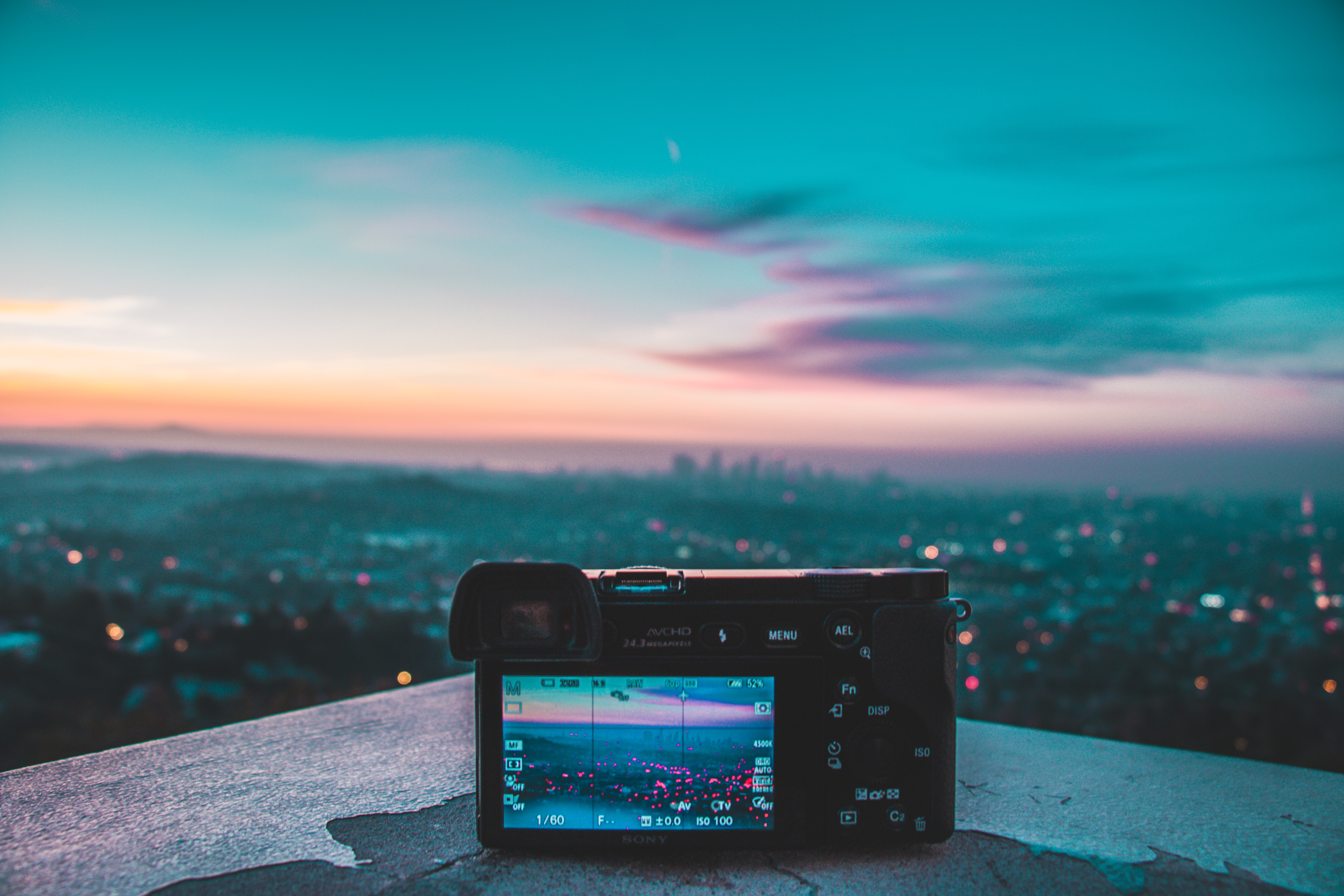Video Editing Theory: A Comprehensive Guide
Introduction
In the world of video production, the power of editing cannot be overstated. Video editing is where the story truly comes together, where the raw footage transforms into a cohesive narrative that can captivate, inform, and move an audience. Yet, it's more than just cutting and assembling clips - it's a complex process grounded in both creativity and theory. In this article, we'll delve into video editing theory, highlighting key principles that guide the art of turning raw footage into compelling stories.
What is Video Editing Theory?
Video editing theory is a set of principles and guidelines that video editors use to assemble, arrange, and manipulate video clips to tell a compelling story. It includes understanding the importance of rhythm, pace, continuity, and the emotional and psychological effects certain edits can have on viewers.
The Basic Principles of Video Editing Theory
1. The Kuleshov Effect
Named after Soviet filmmaker Lev Kuleshov, the Kuleshov Effect illustrates the power of montage in shaping meaning. By juxtaposing unrelated shots, editors can evoke emotions and create narrative connections in the viewers' minds.
2. Continuity Editing
Continuity editing is a system used to maintain a continuous and clear narrative. This includes techniques like match cuts, eye-line matches, and shot/reverse shot sequences.
3. Cutting on Action
Cutting on action refers to the practice of cutting from one shot to another while an action is taking place.
4. Montage
Montage refers to a series of short shots edited into a sequence to condense space, time, and information.
5. Pace and Rhythm
The pace and rhythm of an edit can significantly impact the mood and tone of a video. Fast-paced editing can create tension or excitement, while slower-paced editing can create a sense of calm or introspection.
Advanced Video Editing Theories
1. Parallel Editing (Cross-cutting)
Parallel editing involves cutting between two or more different scenes that are happening simultaneously.
2. Juxtaposition
Juxtaposition in video editing involves placing contrasting shots next to each other to create a dramatic effect.
3. Non-Linear Editing
Non-linear editing refers to editing out of chronological order to manipulate narrative structure.
Tips for Implementing Video Editing Theory
- Understand Your Story: Before you begin editing, understand the story you're trying to tell. What's the narrative? What's the tone? Understanding your story will guide your editing decisions.
- Less is More: It's easy to get carried away with flashy editing techniques, but sometimes, less is more. Simple, clean edits often serve the story better than complex ones.
- Practice Makes Perfect: Like any other skill, video editing takes practice. The more you edit, the more intuitive these theories will become.
- Keep Learning: Video editing theory is a deep and complex field. There's always more to learn, so keep studying and exploring new techniques and ideas.
Conclusion
Video editing is an art form, combining technical skills with creativity and storytelling. Understanding video editing theory is crucial for anyone
